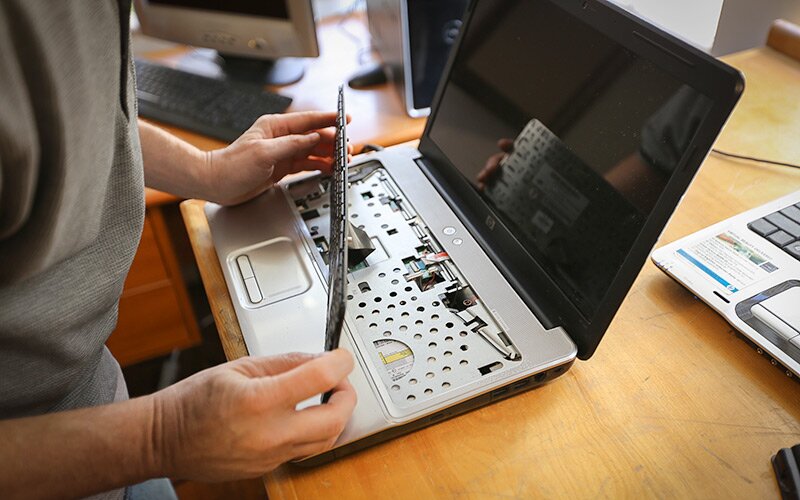3 Action Guide to Choosing the Right Catastrophe Recovery Service
Whether it's a ransomware attack, a natural catastrophe, or corruption of a customer's database, you wish to ensure that your service's IT system can recuperate. Having a company continuity and catastrophe healing (BCDR) plan is vital. There are a myriad of BCDR services (on-premise, hybrid, or cloud-based), and it's essential to select the best one for your organization needs. Here's what you need to be looking out for when examining your next BCDR solution.
Discover the Right Business Continuity/Disaster Recovery Solution in 3 Steps:

1. Examine BCDR and DRaaS Solutions
One of the biggest factors when choosing a BCDR service is determining whether you'll outsource assistance or manage it internally. If you plan on contracting out assistance, you'll need to partner with a managed services provider (MSP) that excels in connection and compliance solutions. Since lots of BCDR options integrate cloud, software, and hardware elements - you'll require a process to support your virtual possessions, regional servers and desktops. BCDR hardware has several functions consisting of:
Hosting BCDR software
Transferring server images to the cloud for disaster healing
Saving local copies of backup server images for regular brings back

BCDR software is used to automate and handle backup and recovery processes. After an initial full server backup, BCDR software application takes incremental snapshots to produce "healing points" or point-in-time server images. Healing points are used to bring back the state of a server or workstation to a particular point in time (prior to it stopped working or information was damaged).
2. Look For BCDR Cloud Options
The best BCDR solutions have a cloud backup in addition to a healing element. This is because the cloud serves 2 purposes in a BCDR solution. The first is to offer offsite storage area for server and workstation images used for restores. The second is to take over critical operations when a failover occurs.
Backups can be kept in your area - on a device or backup server in your data center - or remotely, in the cloud. For BCDR, it's finest to keep copies of your backups in both places. To put it simply, if it's not possible to bring back a system in your area, you can failover to the cloud. Your option needs to address a range of information restoration scenarios, varying from restoring a couple of lost files to recovering from a total server failure or the destruction of several servers and PCs. Restoring from local backups is faster, while the option of stopping working over to the cloud provides you supreme defense versus worst-case situations.
3. Address Security and Compliance Frameworks
A BCDR needs to deal with ransomware detection, point-in-time rollback capabilities, and data immutability. It's crucial to look for BCDR options that comply with Service Organization Control (SOC 1/ SSAE 16 and SOC 2 Type II) reporting requirements gold coast managed service provider and feature two-factor authentication. This can assist protect your information and lower the requirement for manual intervention. If you wish to learn how to keep your company healthy and safe, connect to us for a complimentary IT consultation.